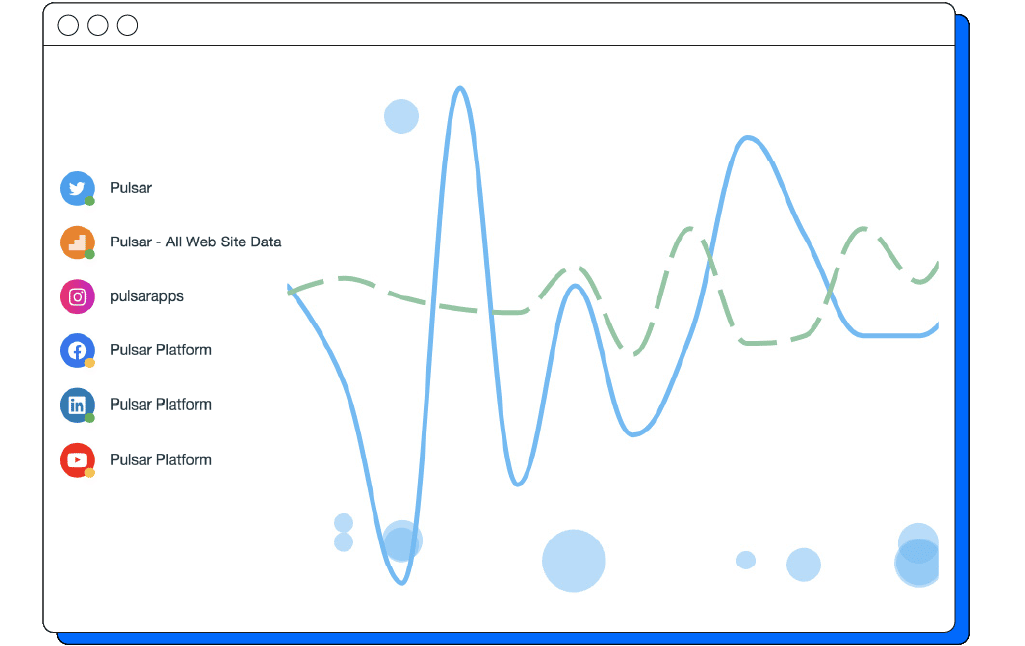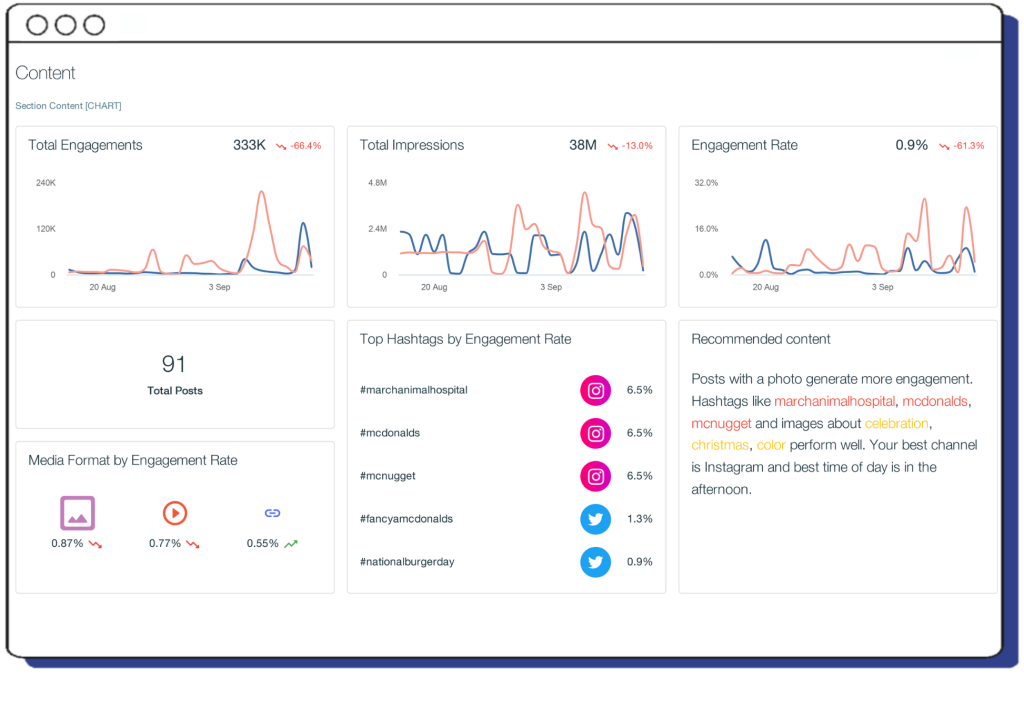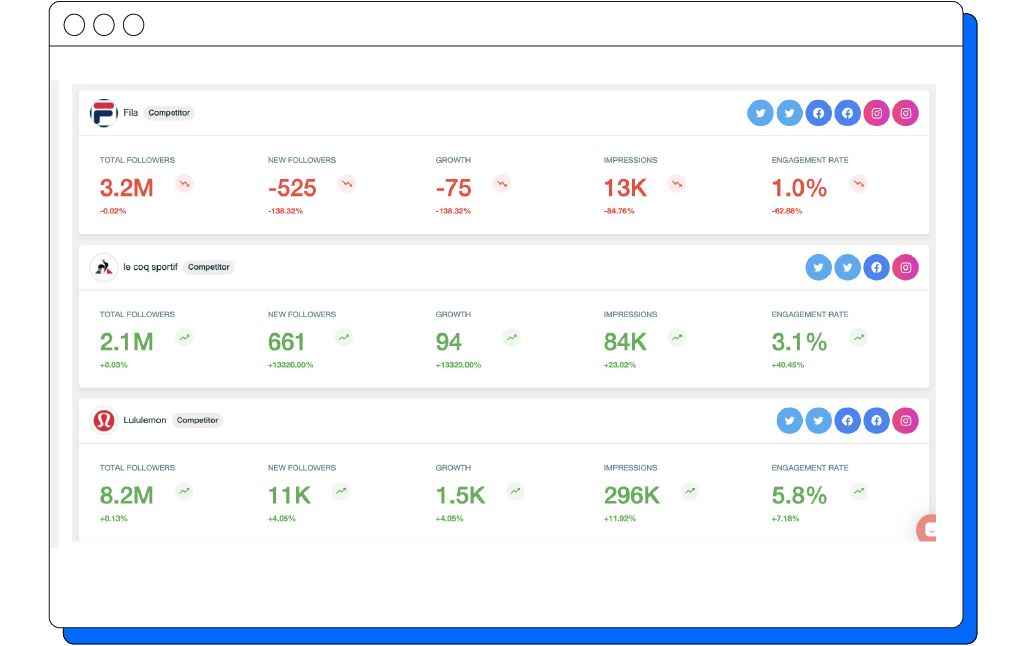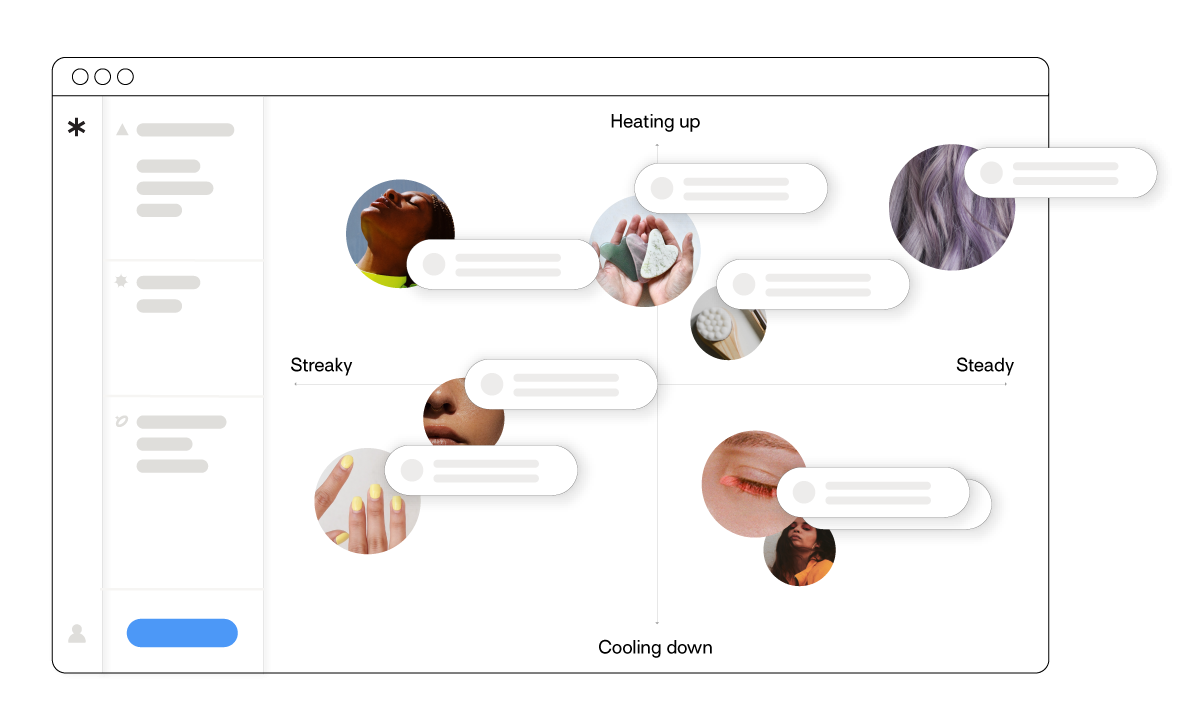3. Why is social listening important?
Table of Contents
Neglecting social listening in your marketing strategy can leave you blind to pivotal audience insights, potentially making the difference between the success and setback of your brand.
To put this into perspective, consider these revealing social media statistics:
- A staggering 66.7% of all public brand mentions on social media occur on platforms like X (Twitter).
- 31% of these mentions do not directly tag the company’s handle.
- Only 9% of posts begin with '@,' suggesting that a vast majority (91%) are talking about brands rather than directly engaging with them.

These figures outline the immense value of social listening. It's not just a tool; it's an essential radar for detecting and interpreting the vast noise of conversations surrounding your brand.
Without a robust social listening strategy, brands risk overlooking critical audience feedback and trends, missing out on opportunities to connect, engage, and adapt to their market's needs.
What are the benefits of social listening?
When ‘done’ right, the benefits of social listening are endless. In the rest of this guide, we’ll explore some of the advantages of social listening for your brand.
-
Market research and consumer insights
Social listening is a dynamic form of market research, providing real-time insights into audience affinities, behaviors, and needs. By taking the time to understand what consumers are talking about online, you’re placing your brand in the position to regularly meet expectations and keep up with the rapidly changing trends and ever-evolving nature of audiences’ who are influenced by the vast digital world brimming with diverse opinions, ideas, and extensive reach.

-
Crisis prevention and management
What better way to safeguard your brand than an early warning system to detect potential issues or crises before they escalate? Social listening allows for timely intervention, ensuring you’re always in the situation to prevent, rather than react to less-than-ideal circumstances. For example, say you’re dealing with a surge in negative feedback regarding a new product release. By using social listening to identify this trend early, you can take appropriate action before the situation escalates, including product recall or offering complementary repairs. By doing so, you’re protecting your brand’s reputation and ensuring customer satisfaction.

-
Influencer and advocacy identification
Social listening is central in identifying influential users and brand advocates - vital for enhancing organic marketing and brand loyalty initiatives. By recognizing and engaging with brand-loyal customers who act as natural brand promoters, you unlock the potential to tap into new audiences. Beyond a loyal customer base, social listening is also a good way of finding like-minded partners or brands within your industry to collaborate with. Leveraging influencers as a strategy makes room for authentic advocacy, turning satisfied customers and reputable brands into powerful voices for organic outreach and growth.
-
Product feedback and development
Social listening is a key component of product development and innovation by providing direct insights from customers who have tried and tested your products. For example, during a new smartphone launch, social listening revealed that while the model boasted a longer battery life, users were dissatisfied with the extended charging times – a fact not well communicated initially. Access to unfiltered customer feedback aids data-driven improvements. While the product development team focuses on reducing charging times, the marketing team can adjust their communications, better representing the product and its features to manage expectations. Social listening allows for this responsive approach, illustrating commitment to customer satisfaction and continuously improving product development.
-
Understanding customer journeys
Insights into the customer journey, from awareness to consideration, purchase and loyalty, are crucial for building targeted marketing strategies at each stage. Through social listening, brands can understand where different customers are within the purchasing process to know how to facilitate them through tailored marketing strategies, guiding them towards converting. For example, customers in the consideration phase may respond well to detailed product information, while loyal customers could be more receptive to personalized updates, exclusive offers, or discount codes. This nuanced approach allows for timely and relevant marketing efforts, catering to each customer’s journey.

-
Content strategy optimization
Social listening informs your content strategy, helping marketers create content that resonates with their audience, addressing their current interests and concerns. But how does this work exactly? By taking the time to actually listen to your audience, the potential to learn more about what makes them tick is at your fingertips. Whether they engage more on a particular platform, have a preference for snappy video content over more informative blogs or respond better to more conversational, engaging posts than brand-led advertising - allowing your audience to inform your content strategy will mean they’re more likely to engage.

-
Competitive benchmarking
Benchmarking against competitors helps you understand their strengths and weaknesses to develop a more competitive edge by inevitably revealing gaps within competitor strategies to capitalize on. Social listening reveals insights into your competitors' thinking, including their content, campaigns, and communication approaches. For example, analyzing their social media activities, marketing techniques, and audience engagement makes it easier to see what's currently working for them and where to avoid making the same mistakes. This understanding positions your business strategically within the industry, highlighting areas where competitors outperform you and where your brand takes the lead. Ultimately, social listening empowers you with the knowledge to make informed decisions and refine your business strategies effectively.
-
Enhancing customer support
Happy customers are likely loyal customers. But how can you guarantee all your customers' needs and concerns are met and addressed in real time? Social listening plays a role in elevating customer experience (CX) by proactively addressing issues and questions that surface in online conversations. By having visibility of what your customers say online, you can ensure your service is prompt and proactive, demonstrating a commitment to responsive customer care - a crucial factor in building lasting relationships.

-
Trend identification and adoption
No one likes being out of the loop on social media. Staying ahead of the curve is crucial in the fast-paced digital world. Social listening enables brands to maintain a fresh and current brand image, helping them remain at the forefront of industry trends by swiftly adopting and leveraging emerging hot topics within your industry. Trend identification is a proactive approach that ensures brands avoid stagnation, consistently capturing the attention of trend-savvy customers to keep them engaged and wanting more.
Underscoring the importance of social listening
As explored in this guide, social listening has numerous benefits for brands, making it important for almost any strategy. What’s key here is ensuring marketers remain informed, prioritizing your audience throughout marketing efforts for increased ROI. Social listening is vital because it equips you with the insights for making well-informed decisions. By taking the time to understand every aspect of your audience, your competitors' tactics, and the reception of your products, you effectively eliminate guesswork and guarantee effective outcomes for your brand.


